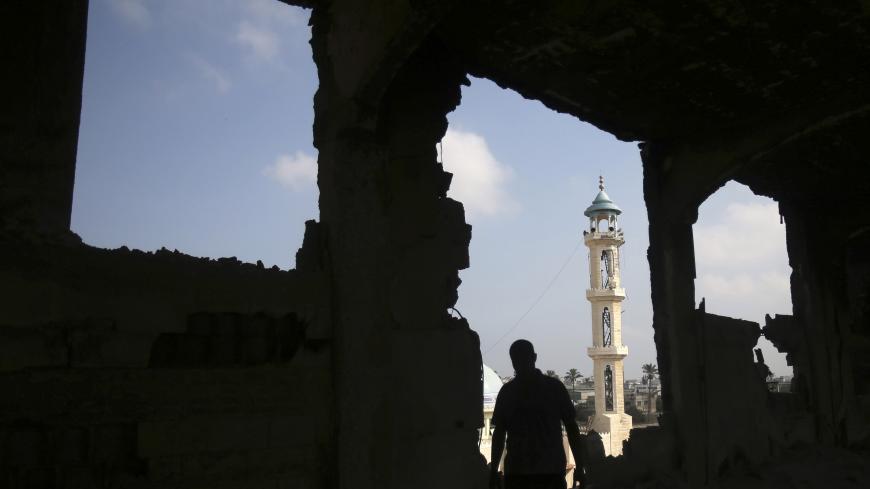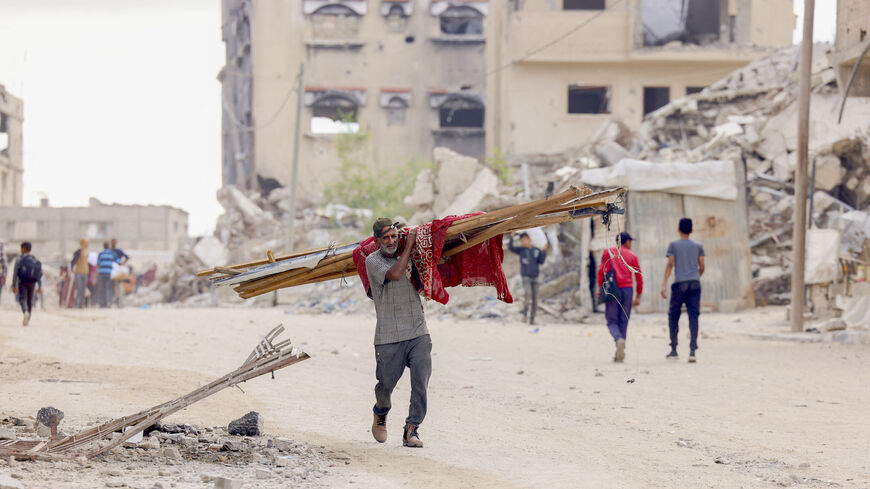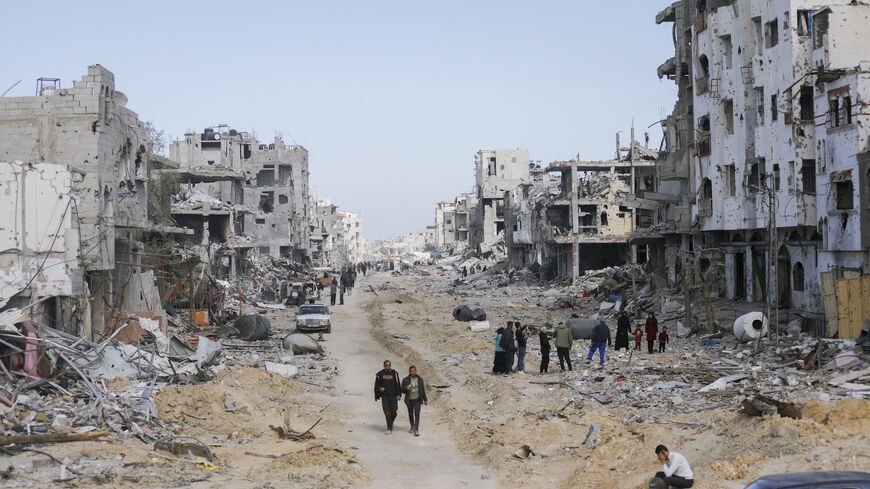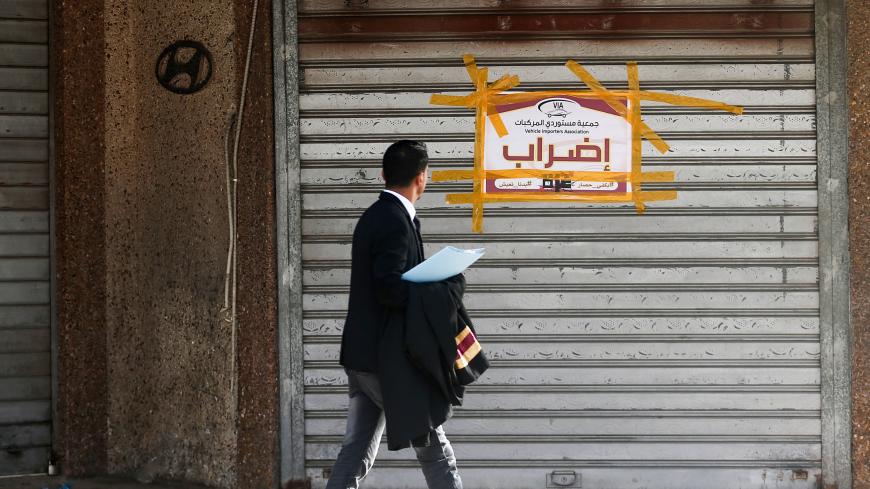![A masked Palestinian boy wears a Hamas banner on his head as he participates in a Hamas rally in Gaz.. A masked Palestinian boy wears a Hamas banner on his head as he participates in a Hamas rally in Gaza December 23, 2005. Thousands of Hamas members marched in Gaza City on Friday to condemn the [United States and Europe and to demand that President Mahmoud Abbas] not delay the upcoming parliament vote.](/sites/default/files/styles/article_hero_medium/public/almpics/2012/q4/RTXO2Y3.jpg/RTXO2Y3.jpg?h=2d235432&itok=j6tIA_s3)
Hamas Struggles to Reconstruct Gaza Economy
Subscribe for less than $9/month to access this story and all Al-Monitor reporting.
OR
Create an account for a 7-day trial to access this article and all of AL-Monitor.
By entering your email, you agree to receive ALM's daily newsletter and occasional marketing messages.
















